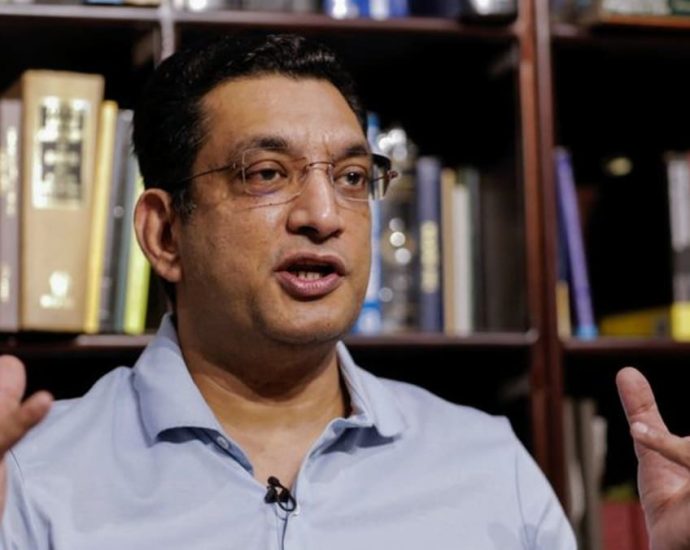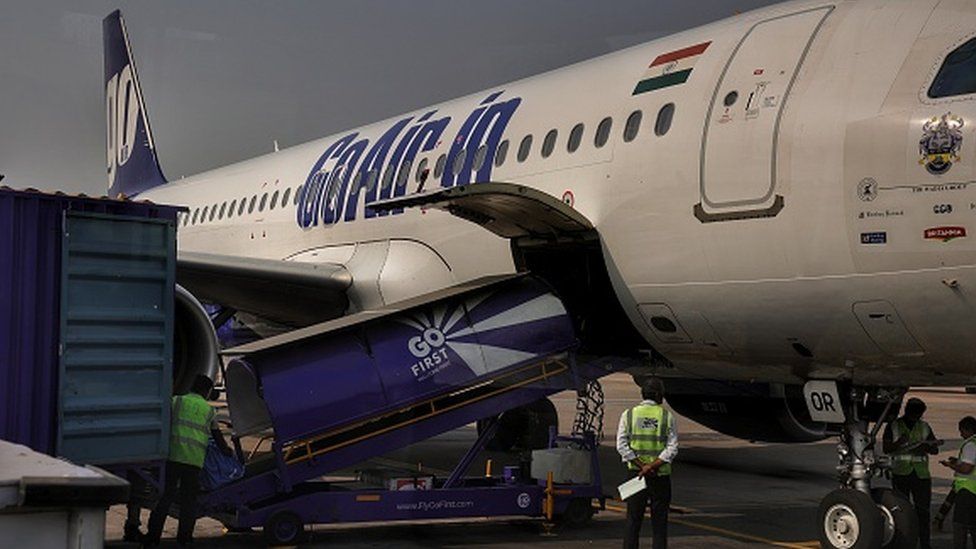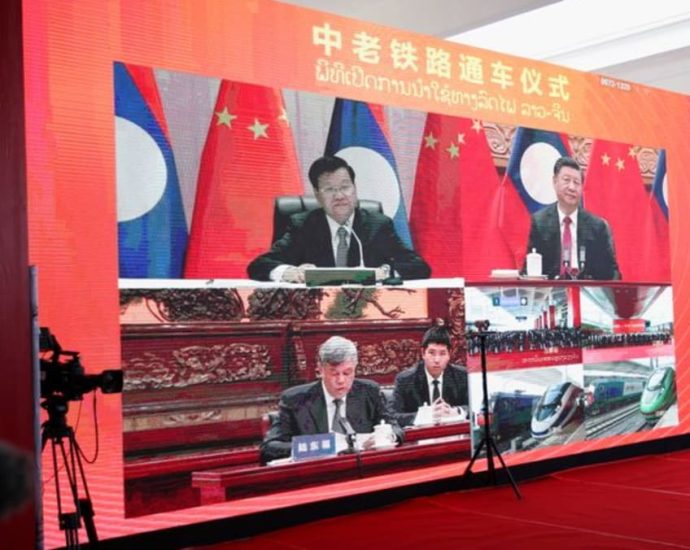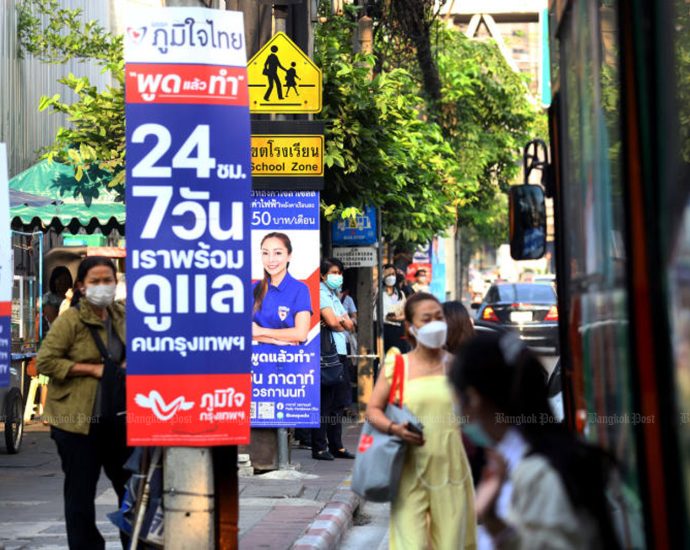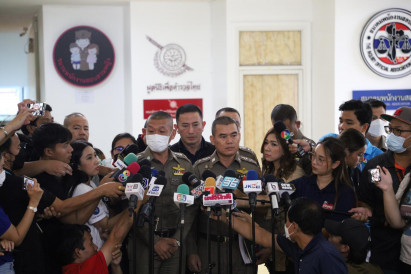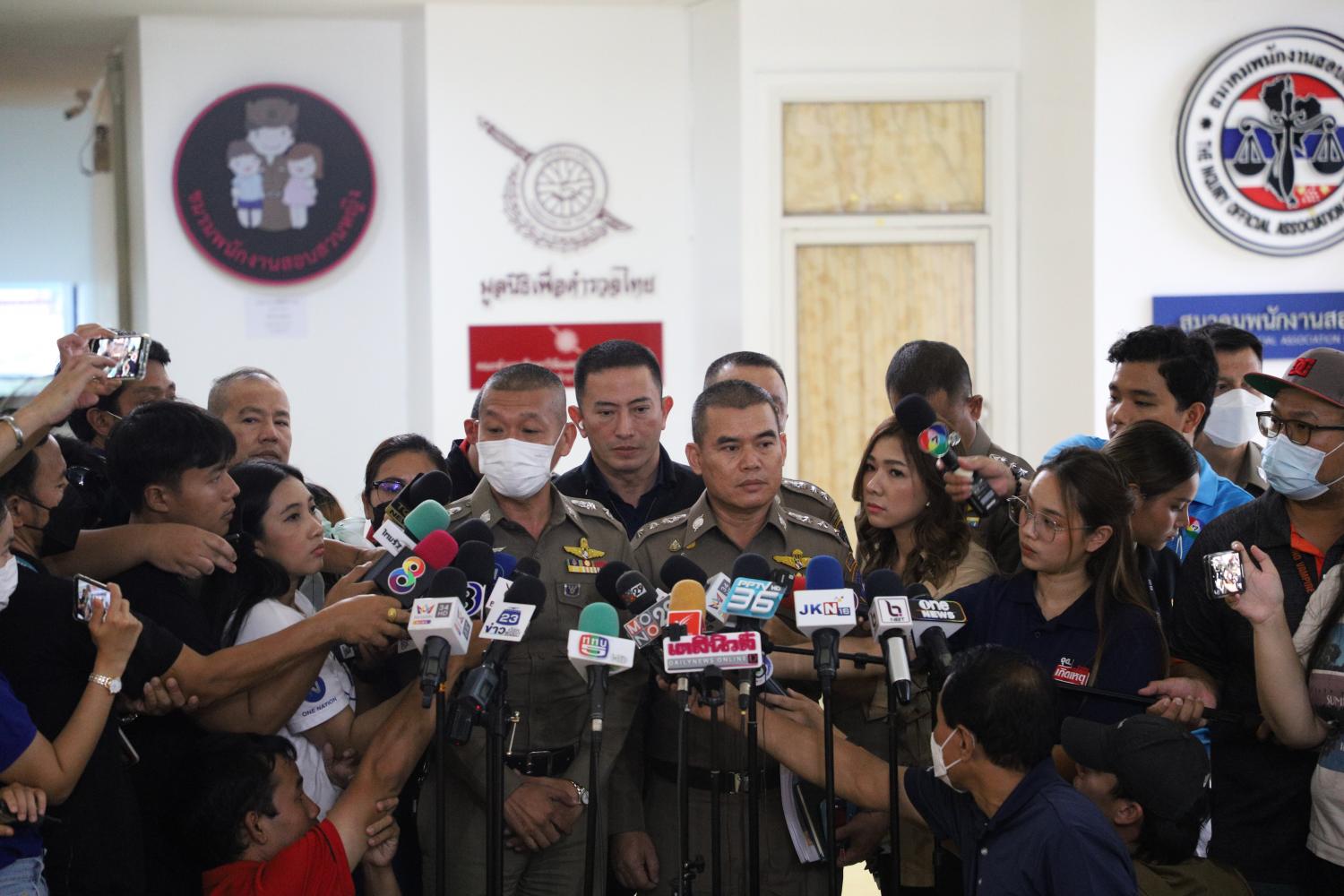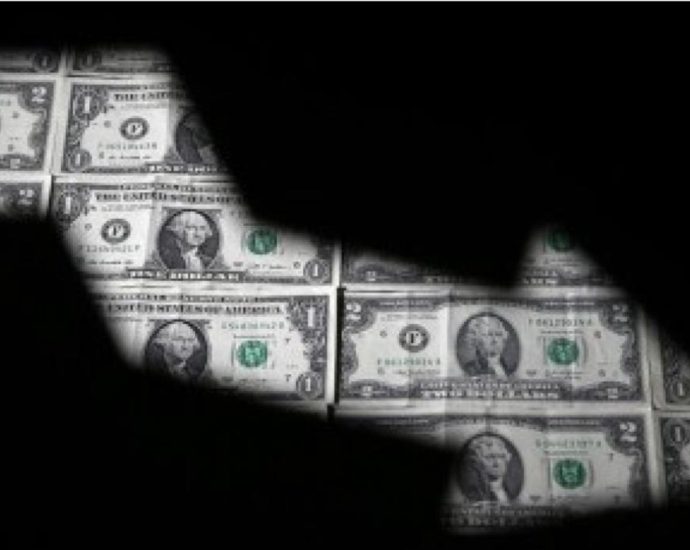MasterChef Australia to premiere after host Jock Zonfrillo’s death
 Getty Images
Getty ImagesMasterChef Australia will air its new season on Sunday, six days after the sudden death of one of its hosts, award-winning chef Jock Zonfrillo.
The 7 May premiere has the “full support” of the 46-year-old Scotsman’s family, broadcaster Network 10 said.
A tribute show will air one hour before the MasterChef Australia season begins.
Zonfrillo was found dead in Melbourne on Monday – the new show was to have aired that night. Police are not treating his death as suspicious.
He is survived by his wife Lauren Fried and four children.
Glasgow-born Zonfrillo took great pride in mentoring contestants in the high-pressure competition and in the process, he inspired a nation of home cooks, Network 10 said on Wednesday.
“It is with Jock in our hearts that we cherish this season and remember the charismatic and big-hearted judge and chef who we knew and loved,” the network said.
The show was swiftly postponed when news of the chef’s death broke.
“I know my heart will break but I’m looking forward to watching Jock’s final season. I want to see him mentoring the home cooks and giving some advice to them and watching them grow as pro cooks. That is how I want to remember him,” one Twitter user said in reply to Network 10’s announcement.
“This must have been a really emotionally tough decision for Jock’s family. I think I’ll need a box of tissues for this one,” another Twitter user replied.
Zonfrillo started hosting MasterChef Australia in 2019, after years of establishing himself in the country’s kitchens.
He had likened moving to Australia in 2000 to turning a new leaf after battling heroin addiction in his teenage years that made him broke and homeless for a time. He opened up about these struggles in his 2021 memoir, Last Shot.
He opened several restaurants in Australia, the most successful of which was Adelaide’s award-winning Restaurant Orana, which opened in 2013.
However, Orana closed in 2020 and Zonfrillo ended the year with millions of dollars in debt.



